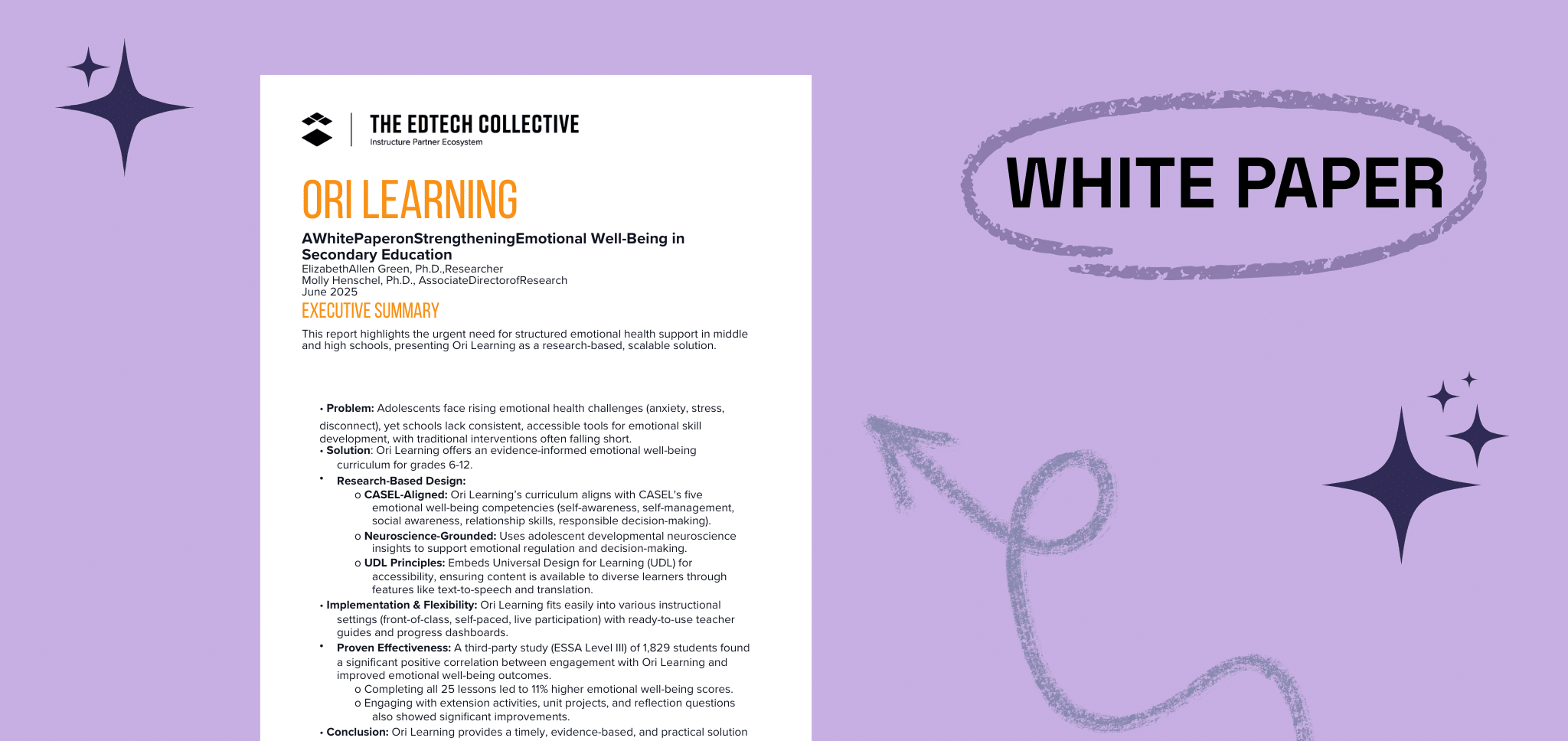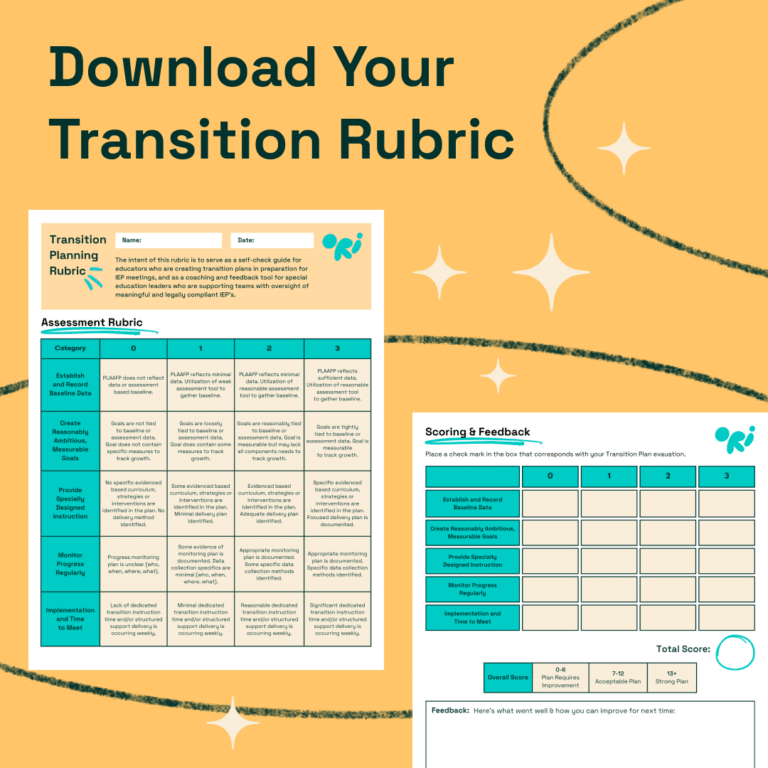

Time management is a critical skill for students, particularly those with special needs, as it supports academic achievement and daily functioning. This guide aims to assist educators in establishing impactful time management IEP (Individualized Education Program) goals to enhance students’ ability to manage their schedules and responsibilities efficiently.
Time management is the process of organizing and planning how to divide one’s time between specific activities. Effective time management allows students to work smarter, not harder, so that they get more done in less time, even when time is tight and pressures are high. For students with special needs, this skill is essential for reducing stress, increasing productivity, and improving overall academic and personal outcomes.
Setting time management goals in a student’s IEP can significantly influence their educational and personal success. These goals help students gain control over their time, which can lead to better study habits, less procrastination, and improved ability to function in a variety of settings.
Time management IEP goals need to be compliant with the student’s Present Levels of Academic Achievement and Functional Performance (PLAAFP) and the legal requirements under the Individuals with Disabilities Education Act (IDEA). This ensures that the goals are personalized to the student’s needs and provide a framework for measurable progress.
Our Transition Planning Rubric is designed to support district leaders and educators in guiding their teams towards excellence in transition planning.
It provides comprehensive criteria that cover the breadth of transition planning, from gauging student engagement to evaluating post-secondary goals and services.
Expand your team’s capabilities and improve the success of IEP meetings.

Integrating specific, measurable time management goals into a student’s IEP can profoundly impact their academic performance and daily life. By focusing on these skills, educators can help students develop a stronger command over their time, leading to enhanced learning efficiency and greater personal autonomy. This guide provides a structured approach to crafting effective time management IEP goals, supporting students in achieving their fullest potential.